Balanced and Neutral
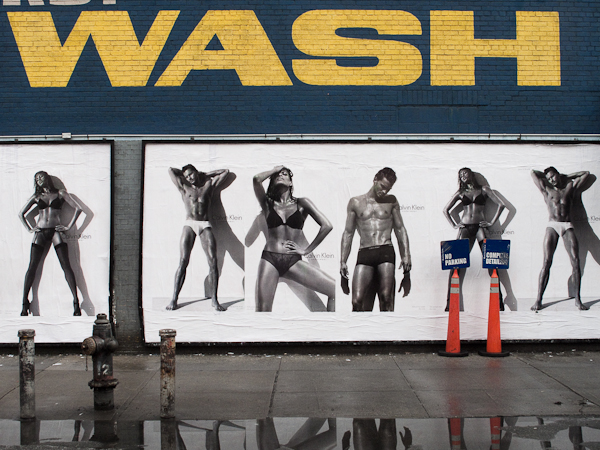
The question comes up: what is white balance?
Two responses:
First: White is the wrong word. "White balance" as a term of digital photography refers to the color feeling, color emotion, color balance in the photo.
But the "color" white is not a color, is it? In fact, using the word "white" gives the wrong idea. For example, if the photo has no white in it, does that mean the photo has no "white balance"? No it doesn't mean that.
Every picture can be described using the language of color, even monochrome, black&white pictures. I wish the camera and photo industry didn't use this word — "white balance" — to describe color, but it does (and there are historical reasons, but never mind that right now), so we have to work around the confusion.

Here's what I mean: when we discuss white balance we're talking about the overall color feel of the picture. Is it warm? That is, does the picture have an overall predominance of yellows, oranges and reds? Or, is it cool? Which would describe, for example, a predominance of blues and greens perhaps. Or is it mixed? Or is it neutral? And here's an intriguing and potentially confusing subtlety about pictorial color: even pictures composed of cool colors can have an overall neutral color balance. (More on this later, as we get more in-depth with color correction in the computer.)
Which brings me to point number two: altering, or adjusting, white balance.
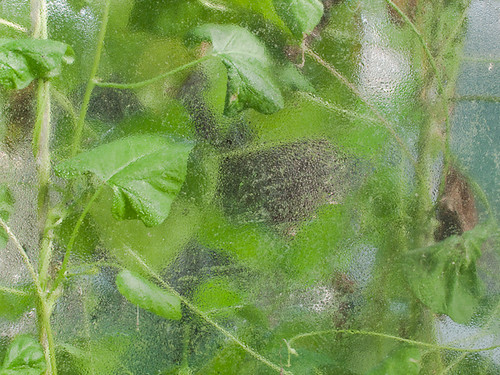
Second: In digital photography it's insanely easy to change the color balance of your picture. The guiding principle, in my opinion, should be that the picture reflects your emotional intention.
Color carries emotion, and meaning, from the mind of the maker to the mind of the viewer. Color is a choice. It's a choice as you take the picture and it remains a choice as you make the print or prepare the picture for display on a screen.
At the time of capture, color is controlled by the "white balance" menu selector on your camera.
The best choice, in my opinion, is to set the image quality selector (which is not the same as the white balance selector, by the way) to RAW capture. If you do this — capture in RAW format — then you'll have the most flexibility after you download the picture to the computer.
Essentially, capturing in RAW means that you prefer to choose the color balance of the picture when you are sitting at the computer. (In other words, if you capture in RAW it makes no difference which option you choose in white balance, because you can shift it around in the computer.)
The second best choice — if you're not going to capture RAW (i.e., if your image quality selector is set to jpg, for example) — is to set the white balance selector to AUTO. This is the default position for most cameras. When you shoot with AUTO white balance the camera applies a general color balance based on a mathematical analysis of the color in the scene that you're shooting. In my experience the auto setting is almost always accurate and appropriate. And, if you decide later to shift the color in the computer, shooting in the auto setting gives you some flexibility.
The worst choice, by far, is to choose a specific white balance setting in the camera, such as "daylight" or "cloudy" or "tungsten." If you do this, the camera applies an overall color adjustment to the picture when you snap the shutter. But this adjustment is very difficult to change later because it's deeply embedded within the file. That wouldn't be a problem if you could know for certain that the camera's choice was correct and appropriate...but you can't. There's no way to accurately preview the results of the camera adjustment while you're shooting (the camera display screen isn't accurate enough), so there's no way to know if the emotional meaning of the photo reflects your intentions.
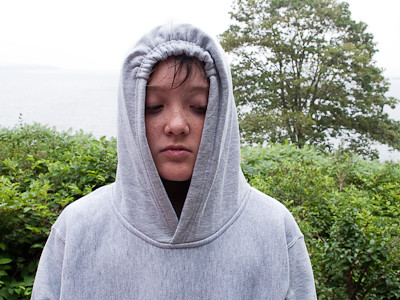
And that's the bottom line. You'll hear me say this again and again — making pictures is about making meaning. The stories you're going to tell with your photographs, the poems, the songs, the wonder of it, and the misery: it all resolves around the choices you make. Color is a powerful part of that constellation of choices. With experience you'll learn to pull and push the emotional connotations with subtlety and purpose; for now, though, start by learning to see the color and feel the emotion of your environment.
Some visual examples using the computer to alter white balance (the original capture was in RAW format, so there's lots of flexibility):
This version is "as shot," or auto.
This version has "daylight" color balance applied in the computer. It's very similar to the as shot version, because I took the picture in a neutral daylight environment. We'd say, in this case, that both the as shot and the daylight settings are fairly neutral with respect to each other.
This version has the "shade" setting. Compared to both versions above it is much warmer, i.e., more yellow. This color shift is immediately evident when the pictures are next to each other, but perhaps less noticeable when viewed independently.
"Tungsten" color balance was applied to this one.
The blue color correction is meant as an adjustment for pictures that have been taken inside under warm yellow lights — the blue, in that case, would cool off, or neutralize, the warmth of the indoor environment. In this case, however, the blue is obvious and overwhelming because the light at the time I took the picture was not yellow but was in fact already quite neutral, as you can see in the as shot version above.
This version is "black and white" with the "gray" setting — yes, black and white is a color balance.
In each case, the impact of the photograph has been altered by the choice of color balance. The connotations might have changed, or the visual flow and purpose might feel different from one to the other. There's no "correct" color balance; it's up to me to decide which works best in terms of my emotional intent.
As we work through the term there's a lot more to come on this topic, but I hope this gets the game started.
But remember, one last time...if you're shooting in RAW, it doesn't matter what white balance choice you make in the camera because you'll finalize the color in the computer.
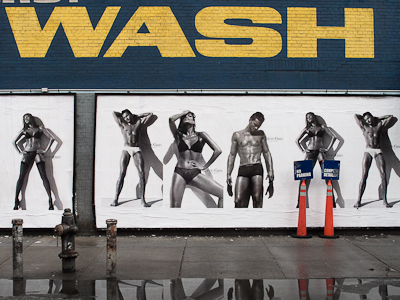


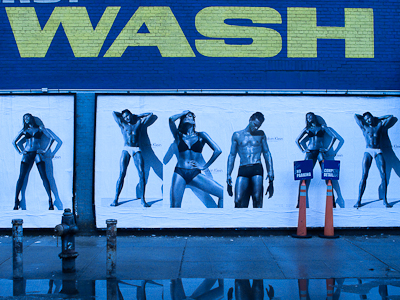

Comments